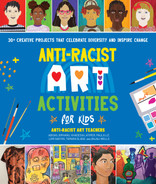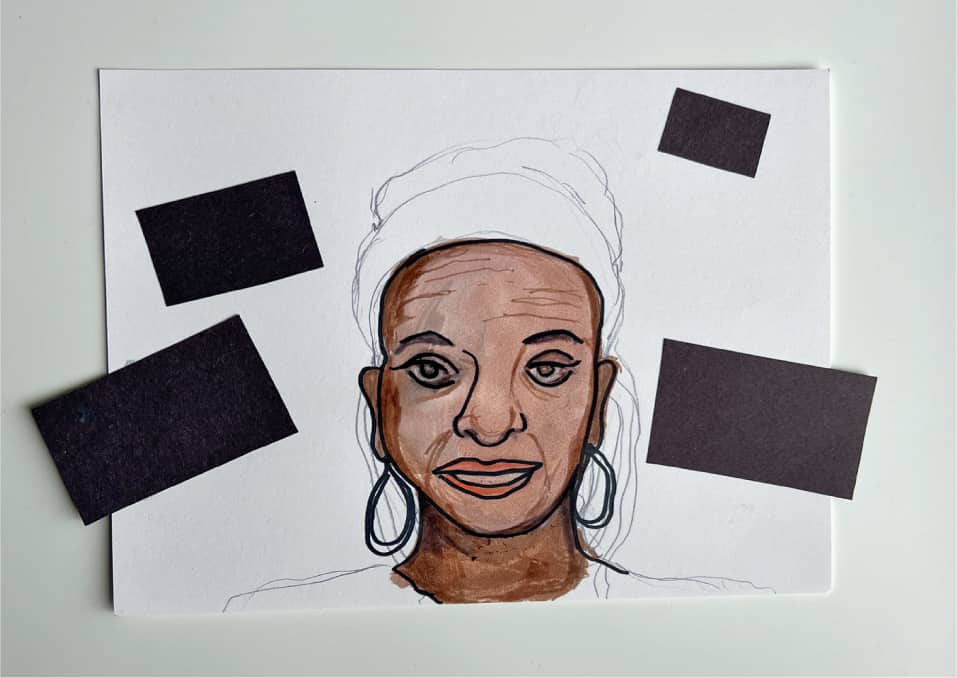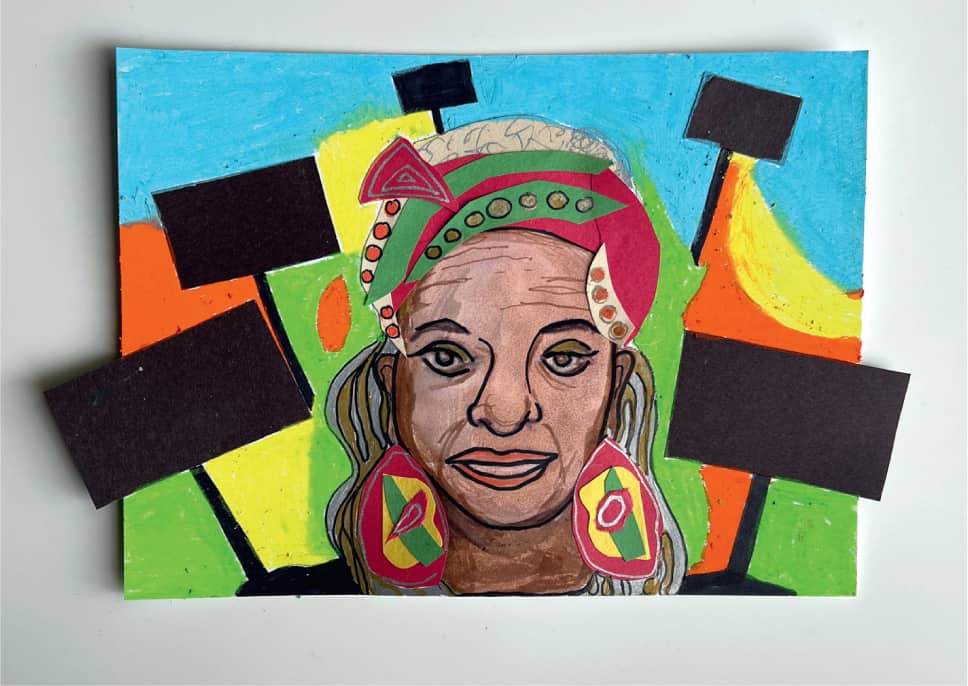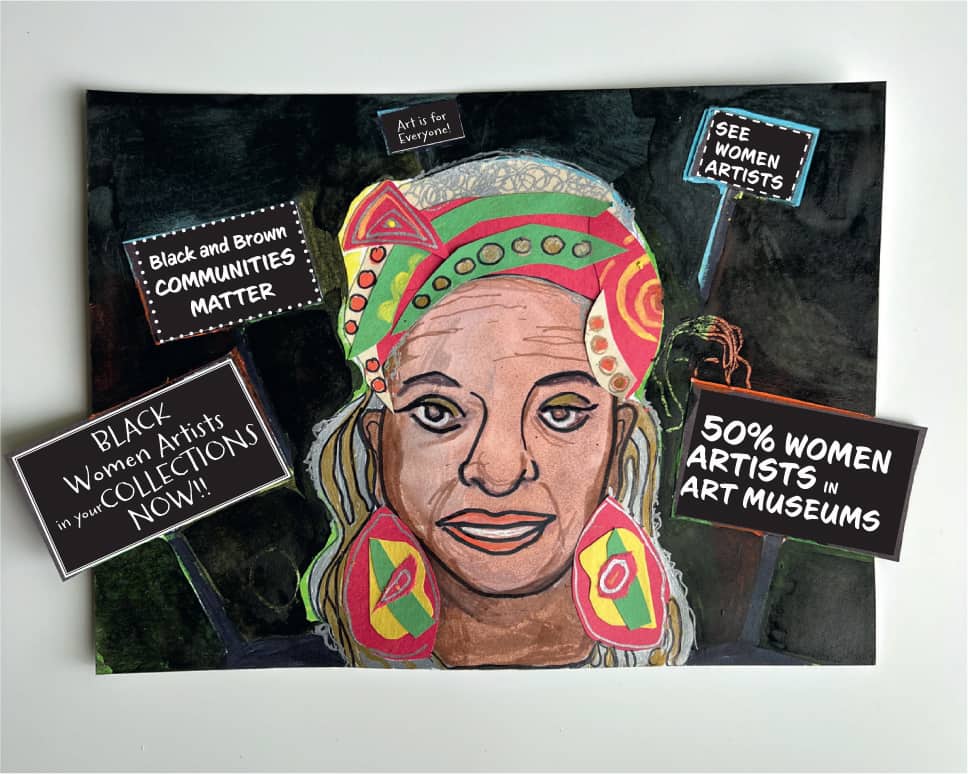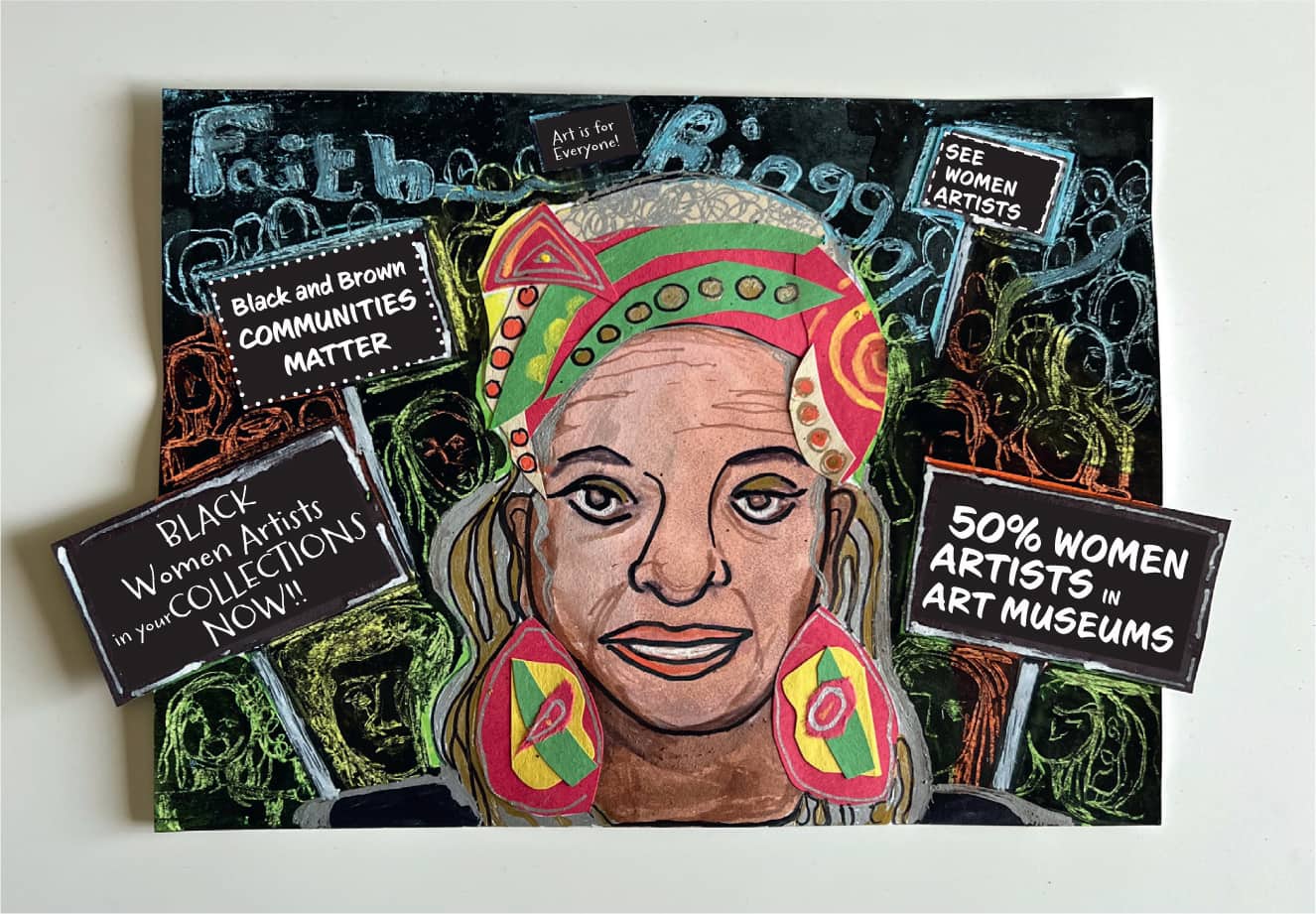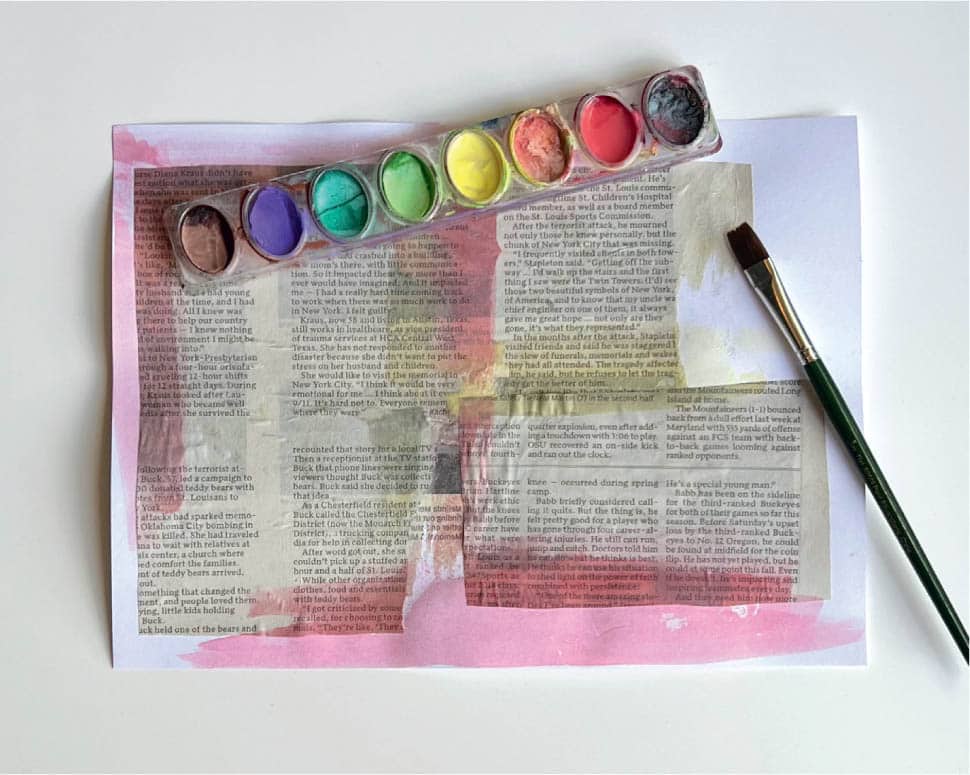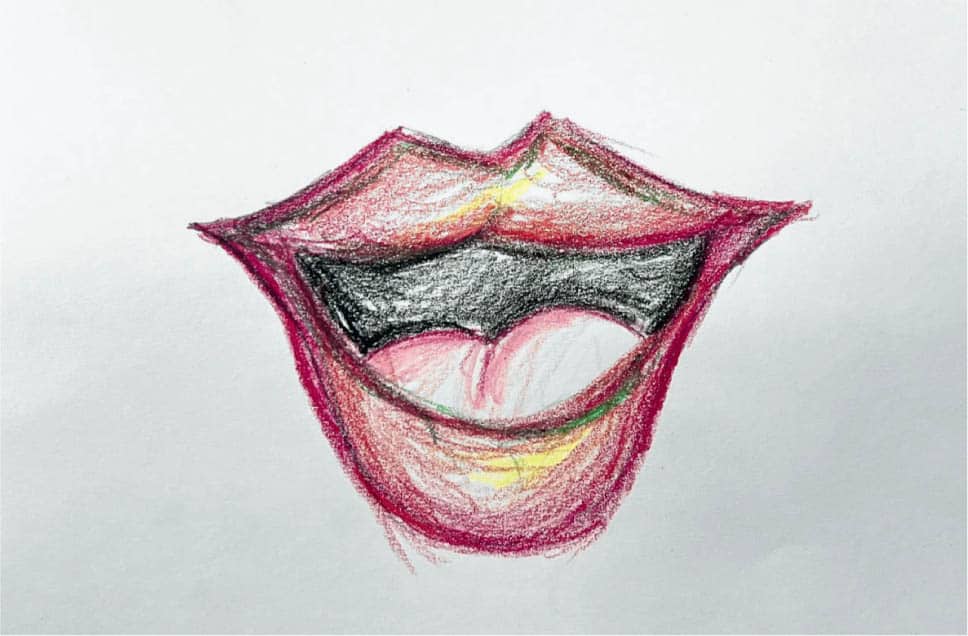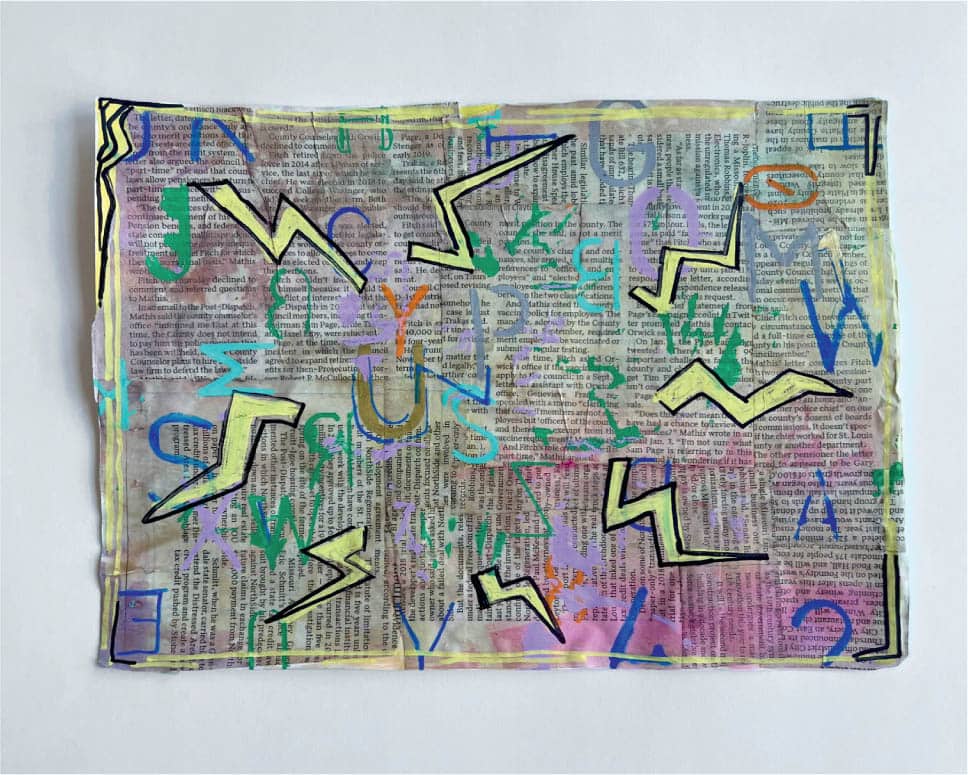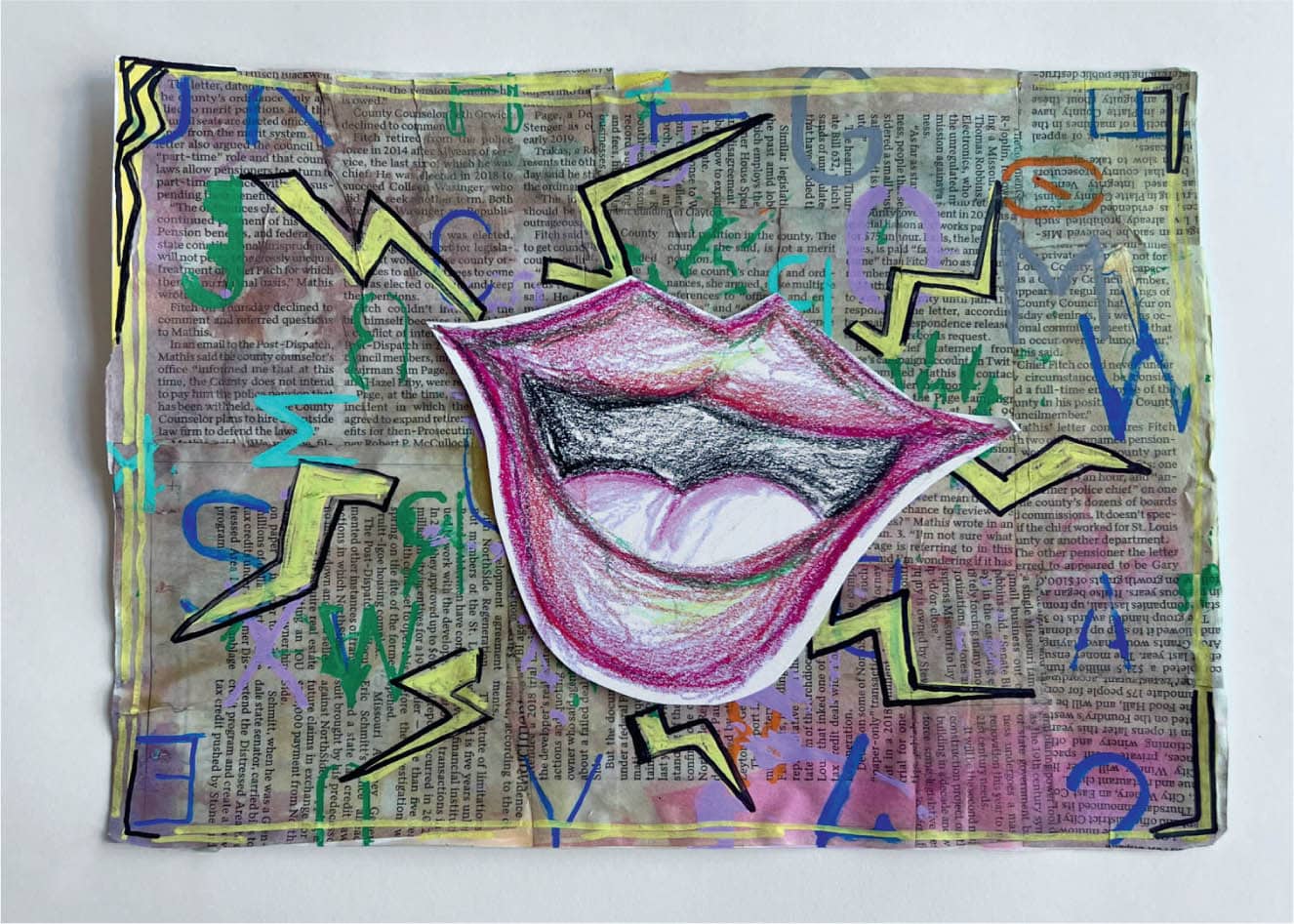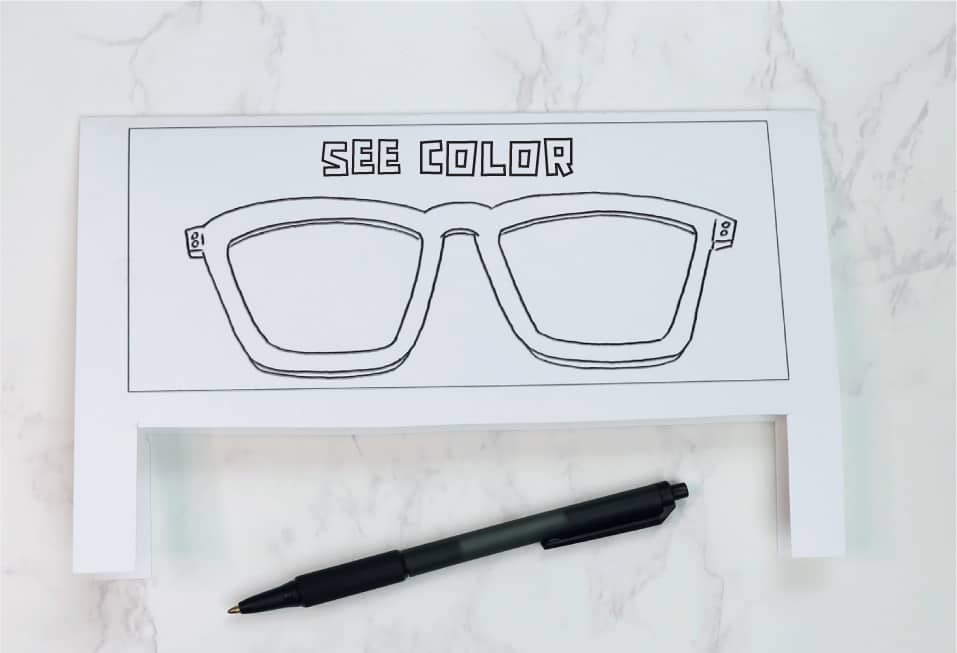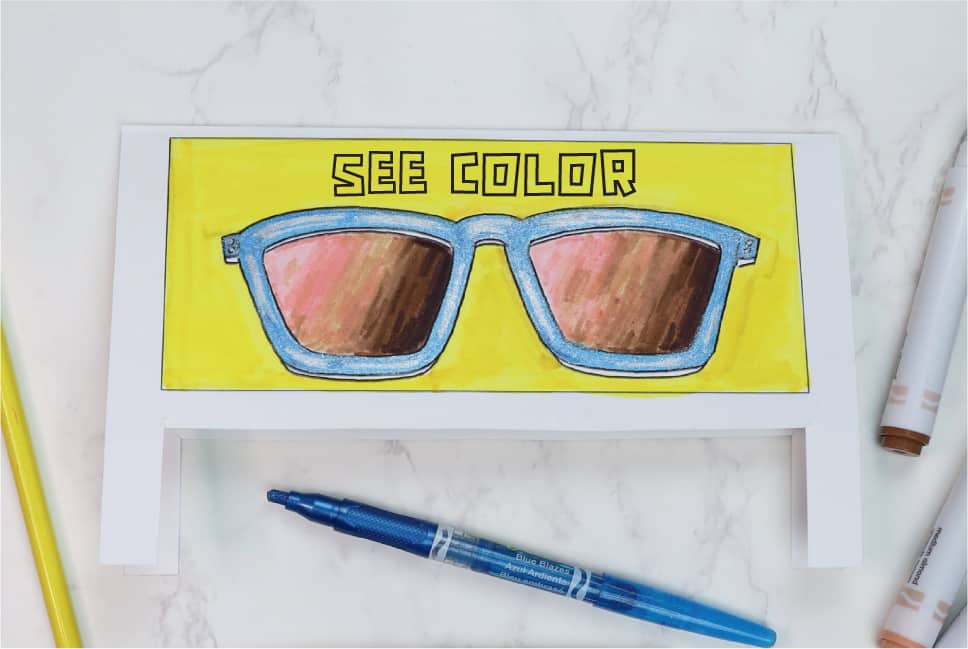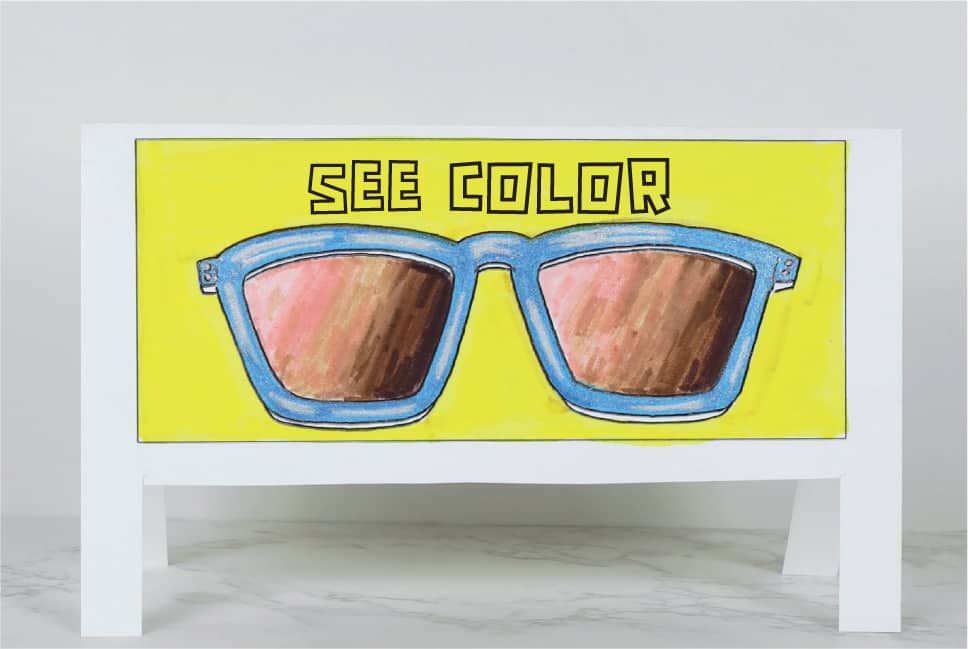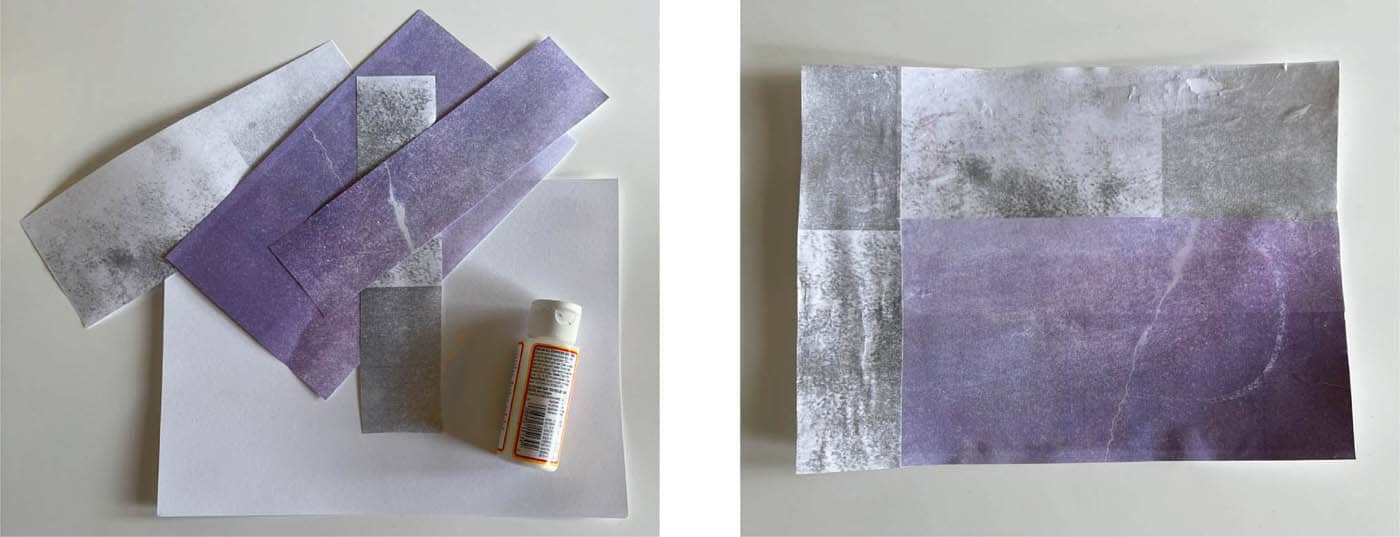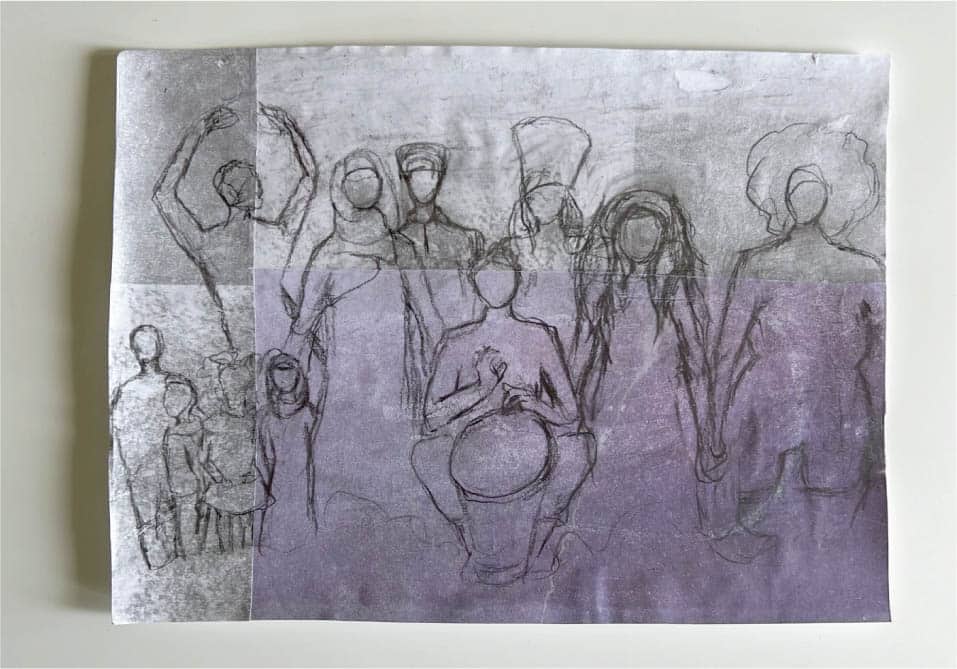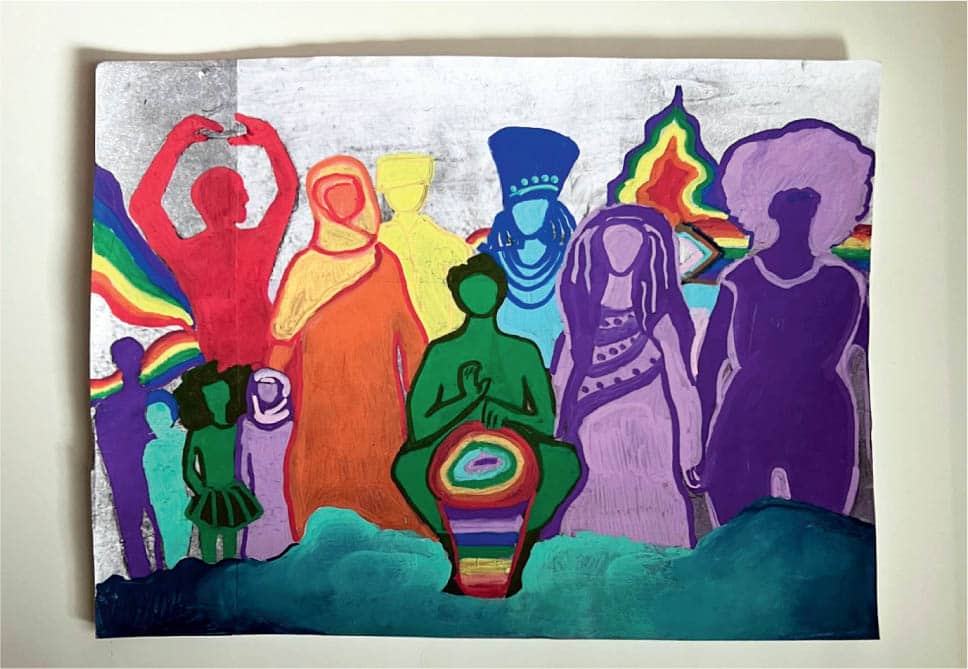In this chapter, you will be working on activities and projects that revolve around justice. You will learn about different types of justice, such as punitive justice, restorative justice, and transformative justice. You will reflect on what justice means and what kind of justice you feel is best for you and your community.
This chapter will help you explore what is fair and unfair. You will identify and explain different examples of justice and injustice throughout history and today in the form of thoughts, words, beliefs, rules, and laws. This will set you up for success in understanding the anti-racist views that have guided social justice in the past and present and potentially the future.
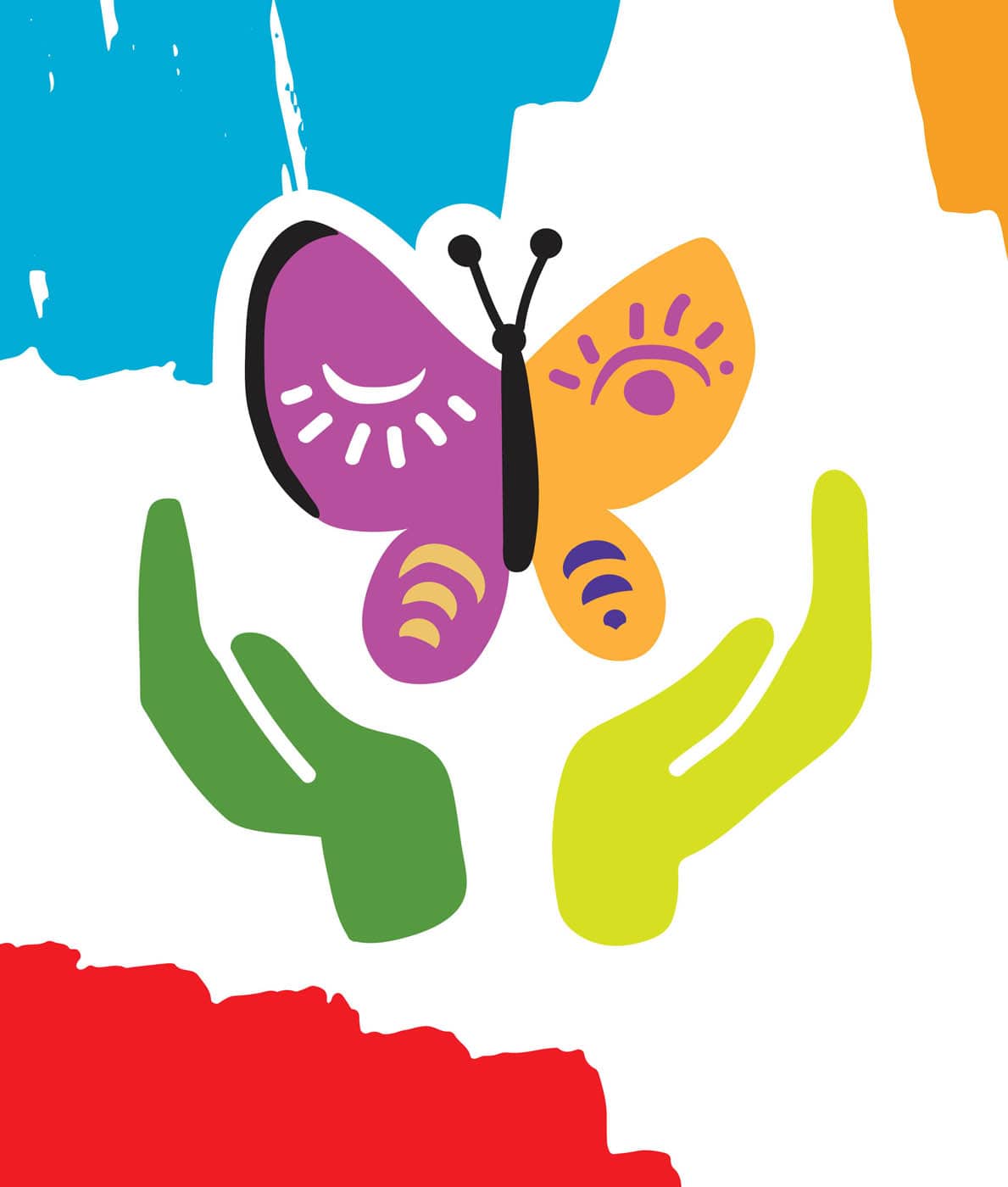
There is also restorative justice. The goal of restorative justice systems is to focus on repairing the harm caused by having the person take responsibility and accountability to fix the problem themselves. Restorative justice hopes to help the person who was harmed and support the person who caused the harm to make better choices afterward. There is also transformative justice. The goal of transformative justice is to not respond to violence with more violence but with community care and safety plans. It tries to stop people from needing or wanting to break the rules from the start. This means a community has systems that stop people from doing something unjust. Transformative justice warriors want to transform and change the situation that allowed harm to happen in the first place by having systems in place to support people. Think about the justice systems in your life, home, school, community, or country. Do they work for everyone? How might you, your friends, family, and community help create a support system that encourages people to make appropriate choices? How might we shape a community that cares and sets people up for success?RESTORE MEANS TO FIX OR BRING SOMETHING BACK TO THE WAY IT WAS
TRANSFORM MEANS TO CHANGE
LET US REIMAGINE JUSTICE
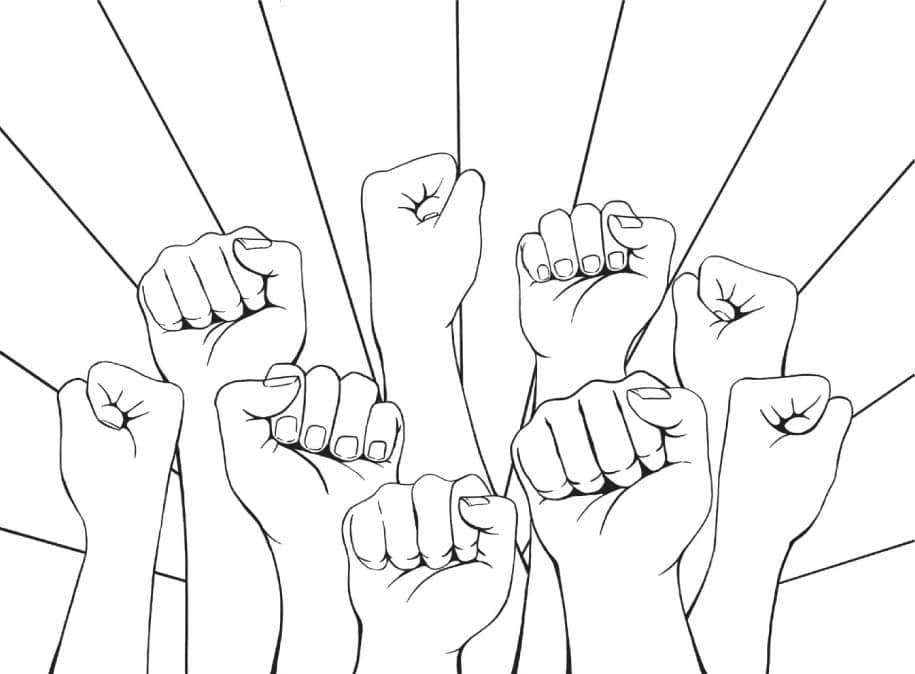
create art that celebrates and teaches others about an activist. Activists make a positive difference in the world by speaking out against injustice. Artists use images to inspire others to act on important issues. One such artist is Faith Ringgold, who protested and created art to make the world see that women artists, and artists of color, are underrepresented in museums. Because of her and other activists, more artists of diverse identities are showing their art in museums worldwide. 1. Think of an activist you would like to teach others about and celebrate. This activist can be from the past or one who is living. 2. Find pictures of the activist to use as reference. If you need help drawing faces, look at the visual references on these pages. You can either draw the whole person or crop half of the body, but make the drawing unique to your style and not a copy of what you see. Fig. 1 Fig. 1: Draw an activist of your choice. 3. Add images and text to the background representing what matters most to the activist. For example, Faith Ringgold wants galleries and museums to show more women artists, so I included posters in a protest that she would have participated in and organized. Fig. 2 Fig. 2: Add details that make your activist unique. 4. Add details using oil pastels and text to teach people about the cause that is important to your activist. Fig. 3 Fig. 3: Use oil pastel in the background. I covered all the white paper with oil pastels. I then covered the oil pastels with black ink. You can also use black acrylic or tempera. I then added text to the posters and signs carried by protestors behind her. Fig. 4 Fig. 4: Cover the oil pastels with black ink. 5. Scratch through the ink with a wood stylus to reveal the oil pastel colors in the background to create more details or a picture. In my case, I drew individual people to create a crowd in a protest. Fig. 5 Fig. 5: Once dry, scratch through to reveal the colors. When finished, publicly hang your finished artwork where others can learn about your activist and the cause that was important to them.CELEBRATING ACTIVISTS

MATERIALS
IN THIS ACTIVITY, YOU WILL

WHY THIS MATTERS
LET’S GET STARTED!
create a work of art that uses text to make a powerful statement. Imagery can be a powerful tool for communication, but so can words! Words can be used like pictures to communicate ideas outside of written documents. Sometimes, it’s hard to find words when we are affected by injustice. The words are jumbled in our minds, but remember that your voice is important and can still effect change. Today, you can share an idea by creating artwork that emphasizes using text as art. 1. What positive change do you want to see in the world? How can you educate the public about this cause? Look for text in newspapers, magazines, or books that inspires you and cut out a few pieces to collage. 2. Glue the text to a sheet of paper with an acrylic medium to start creating your background. Fig. 1 Fig. 1: Cut out paper with text and glue it to your paper. 3. Use watercolor paint to add color to your text. Think about which colors will support your message. Fig. 2 Fig. 2: Add color. 4. Consider how you want to draw the idea of using your voice even when you don’t have the words. I drew a mouth, but other images you can choose can be a megaphone, lightning, or zigzags to show a speaker or power. Fig. 3 Fig. 3: Draw an image that shows how you can use your voice. 5. Use drawing materials and/or stencils to add letters or other icons on top of your background. Your letters can spell out something that communicates what you want to say, or feel free to jumble your letters up to show that sometimes we don’t have the words to express our sadness or frustration. That’s why we have art! Fig. 4 Fig. 4: Add letters. 6. Cut out and glue your image from step 4 on top of your text. Remember, text alone can be art, so you don’t need an image to complete your artwork. Fig. 5 Fig. 5: Add the image you drew to the text background.USING TEXT IN ART

MATERIALS
IN THIS ACTIVITY, YOU WILL

WHY THIS MATTERS
LET’S GET STARTED!
create a miniature billboard that comments on a social issue. Social commentary is when you have a strong opinion on a current societal issue and use it to promote change by informing the public. We can use images and text to advocate for our ideas through art to achieve justice. 1. Think about an issue you wish you could change in your community. What is the problem, and why do you want to change it? 2. Fold a piece of paper in half and cut out a rectangle along the open bottom. Use a ruler to draw a larger rectangle on the top. Fig. 1 Fig. 1: Cut out your billboard. 3. Sketch your billboard sign using images and words to describe the issue, raise awareness, and advocate for justice. Fig. 2 Fig. 2: Draw your billboard sign. 4. Use crayons, colored pencils, or markers to add color to your billboard. Fig. 3 Fig. 3: Add color. 5. Share your work with others! Consider submitting your design to a local billboard art competition or raise funds to display your art within your community on a larger scale. Fig. 4 Fig. 4: Share your work!MINIATURE BILLBOARDS
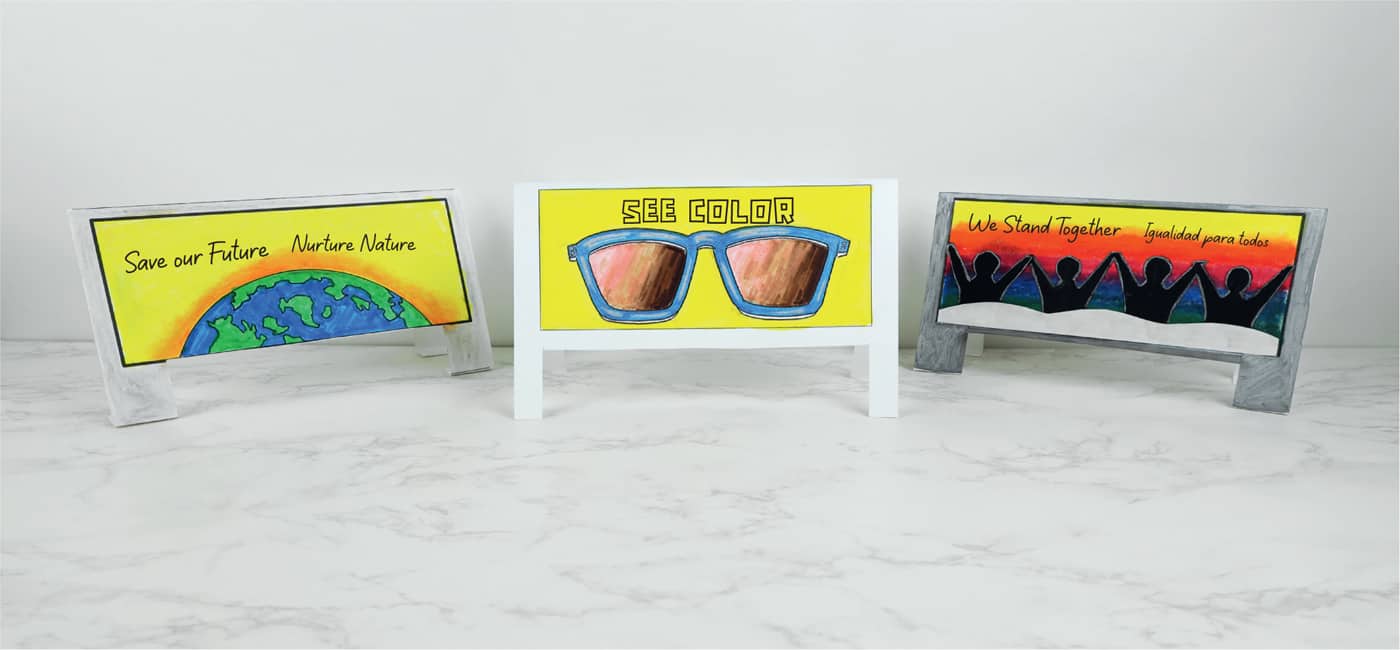

MATERIALS
IN THIS ACTIVITY, YOU WILL

WHY THIS MATTERS
LET’S GET STARTED!
create a draft for a mural about an issue you want to bring to the public’s attention. Public artworks are created for the general public to see outside a museum or gallery space. They can make a place more beautiful and generate conversation about an important issue. Artists create art in public spaces for all to see while celebrating and bringing attention to important causes in their communities. 1. If you had an opportunity to make a mural that brings attention to an issue you care about, what would it say? What imagery would communicate your ideas well? Write down your thoughts or sketch them out. 2. Take pictures of textured surfaces that can resemble a wall, such as bricks, asphalt, stone, sidewalks, and more. Fig. 1 Fig. 1: Cut out your photograph of a textured surface and glue it to your paper using acrylic medium. Print a few photographs, cut them to fit, and glue them down to cover your entire paper. You now have a wall to create your draft mural. 3. Use a pencil to draw your design on your wall surface. Fig. 2 Fig. 2: Draw your design with a pencil. 4. Add color using paint markers to make your design vibrant. Murals are supposed to attract attention and beautify the environment, so use bold lines and colors. Feel free to include text. Fig. 3 Fig. 3: Add color and other details. This mural encourages diversity and accepts people for who they are and love. What message will you send to your community to celebrate and stand in solidarity? Extension activity: Reach out to a local artist in your community to see if you can find a space within your community to paint your mural on a large wall. Murals promote collaboration, which could be a great way to connect with community members.SOCIAL ACTIVISM MURAL
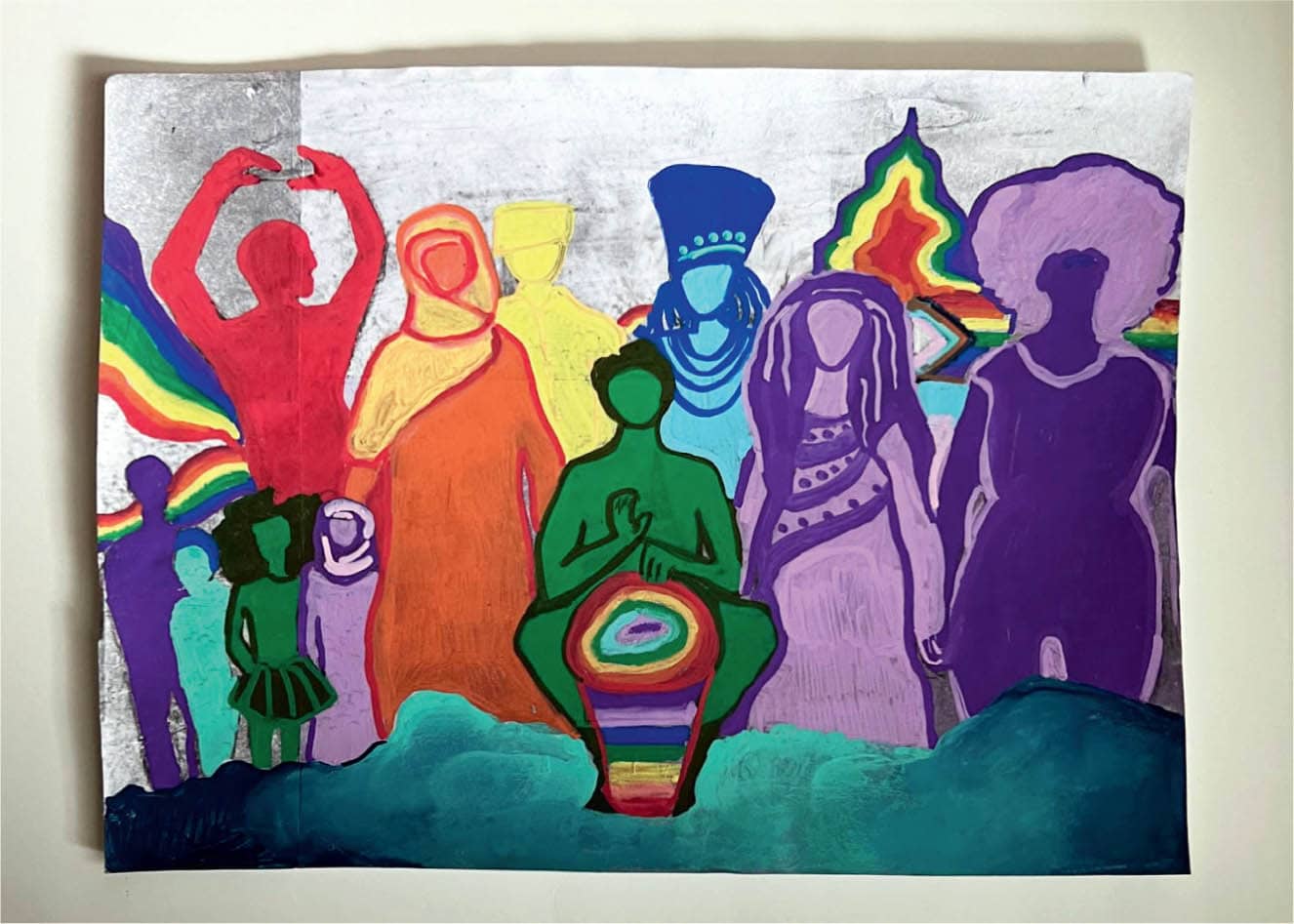

MATERIALS
IN THIS ACTIVITY, YOU WILL

WHY THIS MATTERS
LET’S GET STARTED!
